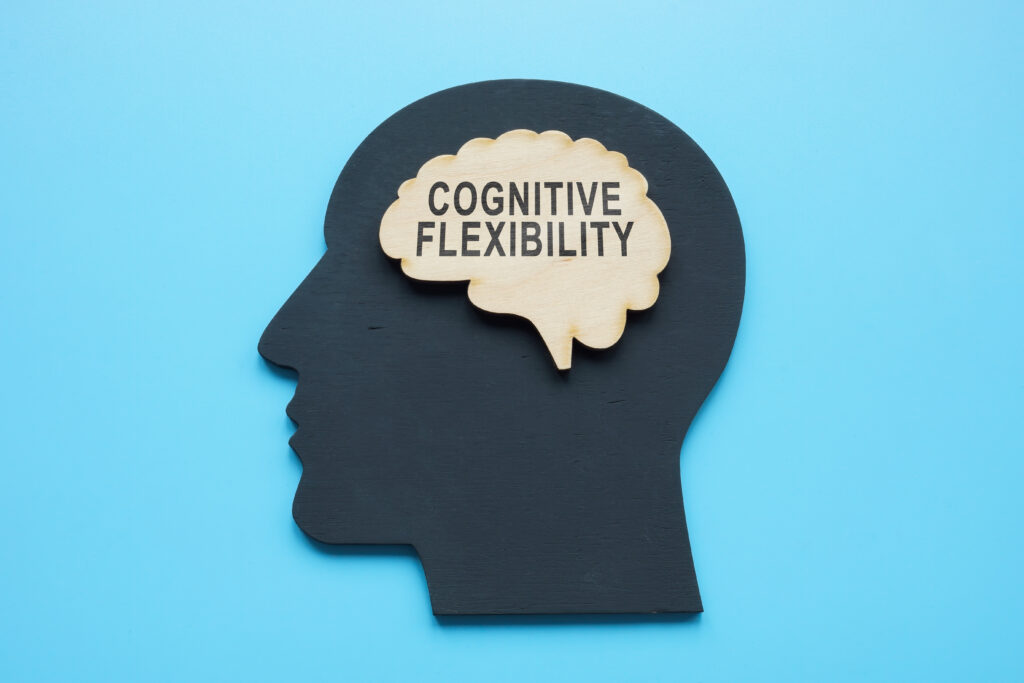Dementia is a heartbreaking and debilitating disease that affects millions of people worldwide. It is a progressive neurological disorder that causes a decline in cognitive functions such as memory, thinking, and language. As the disease progresses, patients often experience changes in their behavior and personality, making it challenging to provide them with the care they need.
Currently, there is no cure for dementia, and available treatments can only slow down its progression. However, recent advancements in technology, particularly in the field of artificial intelligence (AI), have given new hope for improving the quality of life for dementia patients. One such breakthrough is the use of AI-enhanced dream therapy, which has the potential to revolutionize dementia treatment.
Dream therapy is not a new concept; it has been used for centuries to help people deal with stress, trauma, and other psychological issues. However, with the integration of AI technology, dream therapy has taken a giant leap forward. It involves using AI algorithms to analyze a patient’s dreams and provide personalized treatment that can alleviate the symptoms of dementia.
So, how does AI-enhanced dream therapy work, and why is it considered a game-changer for dementia treatment?
Understanding Dementia and Its Symptoms
Before we delve into the potential benefits of AI-enhanced dream therapy, let’s first understand dementia and its symptoms. As mentioned earlier, dementia is a progressive neurological disorder that affects brain functions, such as memory, thinking, and behavior.
The most common form of dementia is Alzheimer’s disease, accounting for 60-80% of all dementia cases. Other types of dementia include vascular dementia, Lewy body dementia, and frontotemporal dementia. While each type may have different underlying causes, they all share similar symptoms, including memory loss, difficulty with language and communication, confusion, mood swings, and changes in behavior.
These symptoms can make it challenging for dementia patients to perform daily tasks and maintain relationships with their loved ones. As the disease progresses, patients may become more dependent on caregivers, and this can take a toll on their overall quality of life.
Current Treatments for Dementia
At present, there is no cure for dementia, and available treatments aim to manage symptoms and slow down the progression of the disease. These treatments include medications to help with memory and behavioral symptoms, as well as various therapies such as music therapy, art therapy, and reminiscence therapy.
While these treatments can provide some relief, they are not always effective for all patients. Moreover, they often rely on the patient’s ability to actively participate, which can be challenging for those with advanced dementia.
This is where AI-enhanced dream therapy comes into play.
How AI-Enhanced Dream Therapy Works
AI-enhanced dream therapy involves using artificial intelligence algorithms to analyze a patient’s dreams and provide tailored treatment plans. The AI algorithms are trained on a vast database of dreams and use natural language processing (NLP) to interpret the meaning and symbolism behind the dreams.
The therapist works closely with the AI system to provide personalized treatment based on the patient’s dream patterns. This approach allows for a deeper understanding of the patient’s subconscious and can uncover underlying emotions and memories that may be contributing to their symptoms.
Benefits of AI-Enhanced Dream Therapy for Dementia Patients
1. Non-Invasive and Personalized Treatment
One of the main benefits of AI-enhanced dream therapy is that it is non-invasive and personalized. Unlike medications and other therapies that may have side effects or require physical participation, dream therapy only requires the patient to recall their dreams. This makes it an ideal treatment option for elderly patients with dementia, who may have difficulty participating in other forms of treatment.
2. Targeted Approach
AI-enhanced dream therapy takes a targeted approach to treat dementia symptoms by interpreting the root cause of a patient’s experiences. By analyzing their dreams, therapists can gain valuable insights into the patient’s subconscious and provide targeted treatment to address their specific needs.
3. Improved Quality of Life
The symptoms of dementia can take a toll on a patient’s quality of life, leading to isolation and withdrawal from daily activities. With AI-enhanced dream therapy, patients may experience improvements in their mood, behavior, and overall well-being, which can greatly enhance their quality of life.
4. Cost-Effective
Compared to traditional therapy options, AI-enhanced dream therapy is a more cost-effective option. Since it does not require expensive equipment or extensive training, it can be more accessible to patients who may not have access to other forms of treatment.
5. Potential for Early Detection
Another potential benefit of AI-enhanced dream therapy is its ability to detect dementia at an early stage. By analyzing changes in dream patterns over time, AI algorithms may be able to identify signs of cognitive decline before other symptoms manifest. This early detection can lead to earlier interventions and potentially slow down the progression of the disease.
The Future of Dementia Treatment
While AI-enhanced dream therapy is still in its early stages, its potential for revolutionizing dementia treatment is undeniable. With the use of AI technology, dream therapy has become more accurate, personalized, and accessible, providing a new ray of hope for patients and their families.
As research on this innovative therapy continues to advance, we can only hope that it will lead to significant improvements in the lives of those affected by dementia. With the aging population increasing globally, the need for effective and accessible treatments for dementia has never been greater. And with AI-enhanced dream therapy, we may be one step closer to providing much-needed relief for patients and their caregivers.


